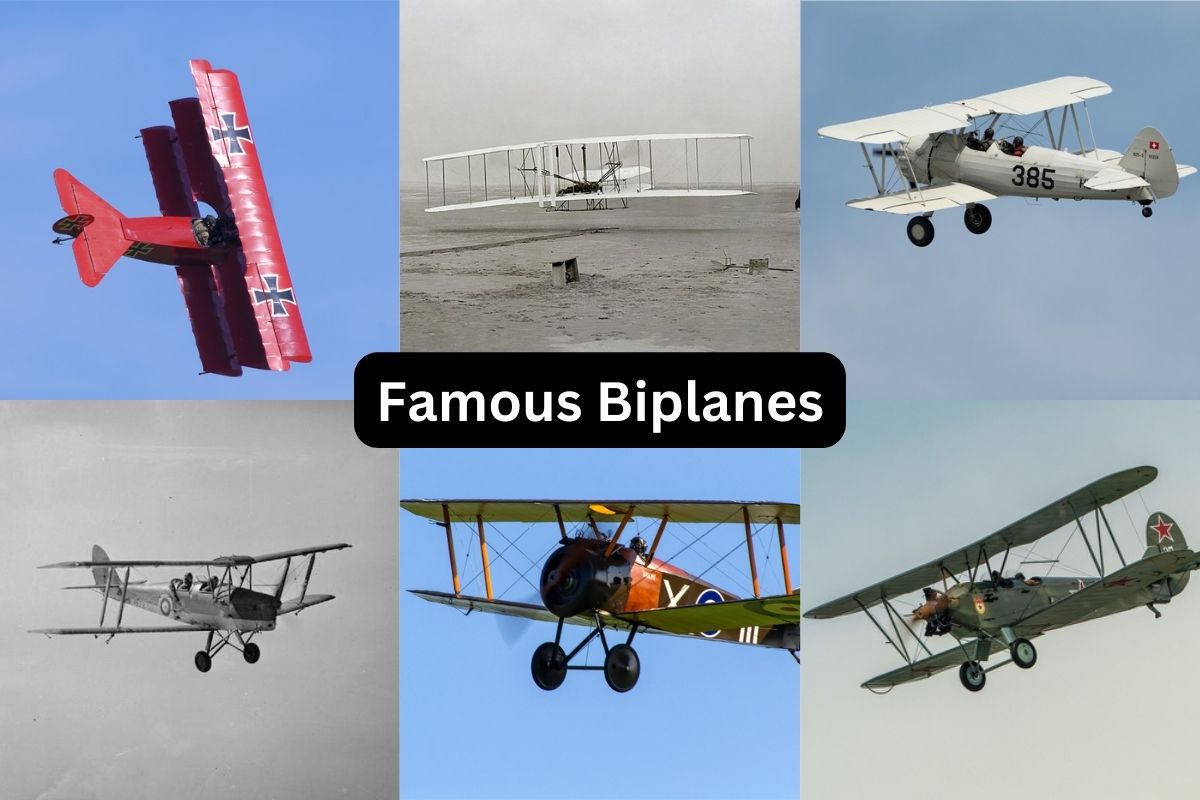The history of aviation is replete with iconic aircraft, and among these, biplanes hold a special place. These versatile and often distinctive aircraft have left an indelible mark on the world of aviation.
From the pioneering days of the Wright Flyer to the combat heroes of World War I and II, and the legendary aerobatic performers, biplanes have played pivotal roles in shaping the course of flight.
In this article, we delve into the stories of some of the most famous biplanes in history, exploring their design, contributions, and enduring legacies in the world of aviation.
Famous Biplanes
1. Wright Flyer (1903)
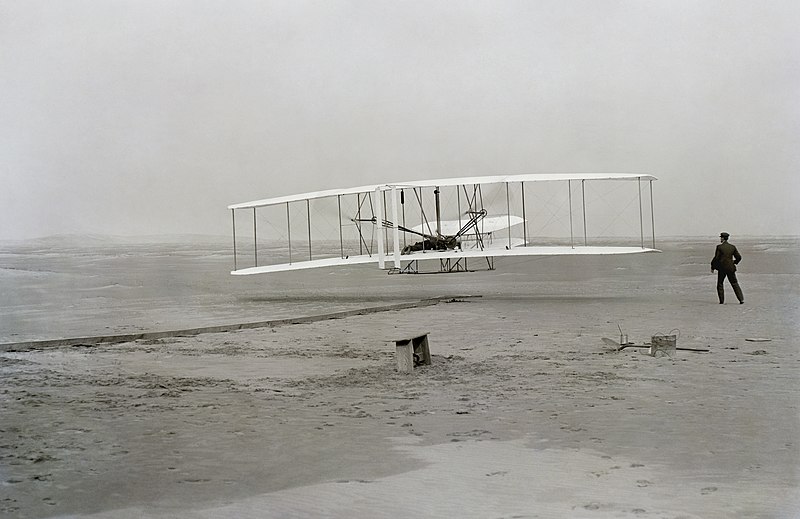
The Wright Flyer is arguably the most iconic biplane in aviation history as it marked the birth of powered flight. It was designed and built by Orville and Wilbur Wright, two American inventors and aviation pioneers.
The aircraft made its historic first powered flight on December 17, 1903, at Kill Devil Hills, North Carolina. Orville piloted the first flight, covering a distance of 120 feet in 12 seconds.
Also Read: Famous WW2 Planes
The Wright Flyer was a biplane with a wooden frame, fabric-covered wings, and a 12-horsepower engine. It had a wingspan of 12.3 meters (40 feet 4 inches).
This aircraft fundamentally changed the course of aviation history, proving that controlled, sustained flight was possible and paving the way for the development of modern aircraft.
2. Sopwith Camel (1917)
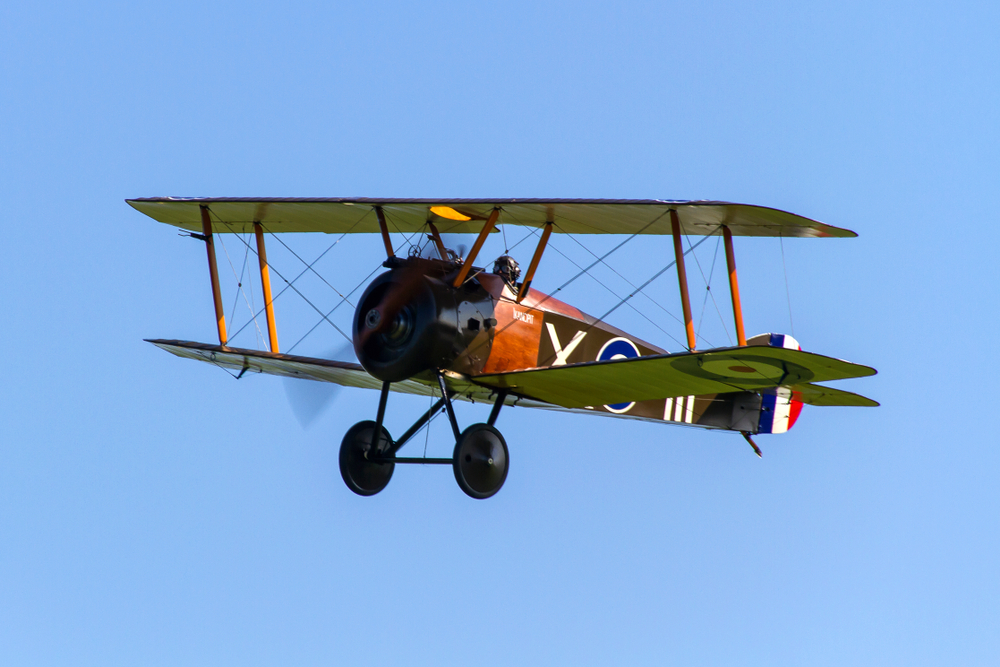
The Sopwith Camel was a British World War I fighter aircraft known for its distinctive hump-shaped cowling, which gave it its name.
It was one of the most successful and famous aircraft of World War I, credited with shooting down more enemy aircraft than any other Allied fighter.
Also Read: Most Famous Aeronautical Engineers
The Camel was highly maneuverable but challenging to fly, earning a reputation for being a “pilot’s plane.” Many ace pilots, including the renowned Canadian ace William “Billy” Bishop, achieved their victories while flying the Sopwith Camel.
Its armament typically consisted of twin synchronized Vickers machine guns.
The Sopwith Camel played a crucial role in maintaining Allied air superiority during the later years of World War I.
3. Fokker Dr.I (1917)
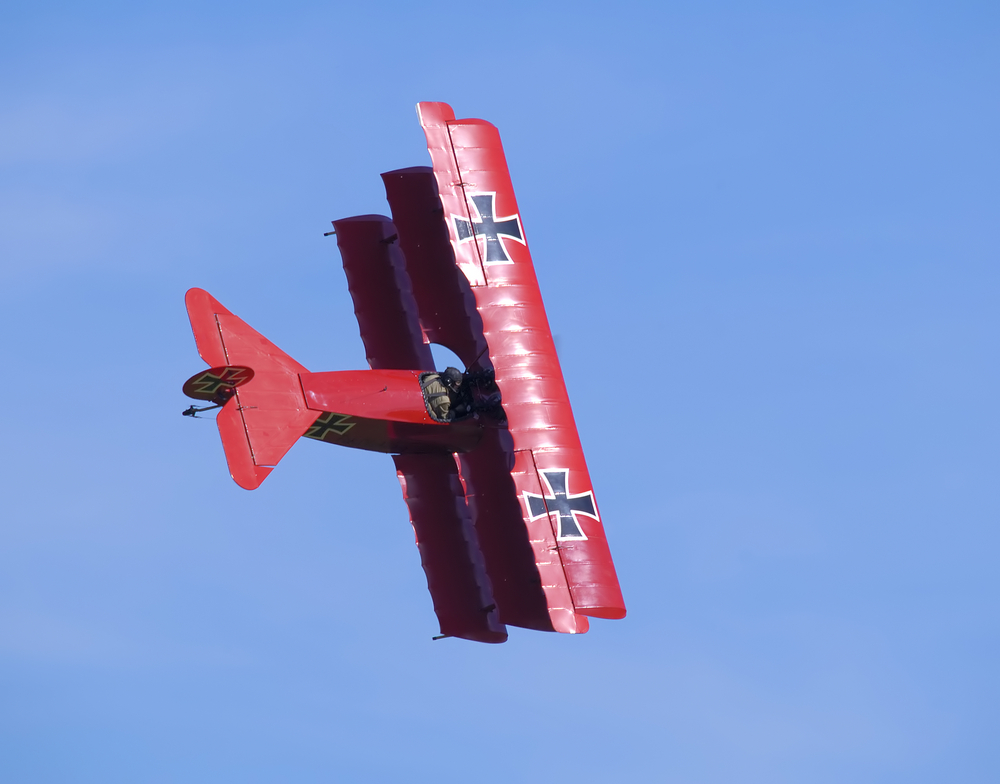
The Fokker Dr.I was a German triplane fighter aircraft used during World War I, and it gained notoriety as the aircraft of the Red Baron, Manfred von Richthofen, a famous German ace.
Its triplane configuration, with three wings stacked on top of each other, gave it a distinctive appearance and enhanced its maneuverability.
The Red Baron scored many of his victories while flying the Fokker Dr.I, making it an iconic symbol of German aerial prowess during World War I.
The Fokker Dr.I was known for its agility in dogfights and its ability to climb rapidly.
Despite its success in combat, the Fokker Dr.I had some structural weaknesses and was eventually replaced by other aircraft designs, but it remains one of the most recognizable and famous biplanes in history.
4. De Havilland DH.82 Tiger Moth (1931)
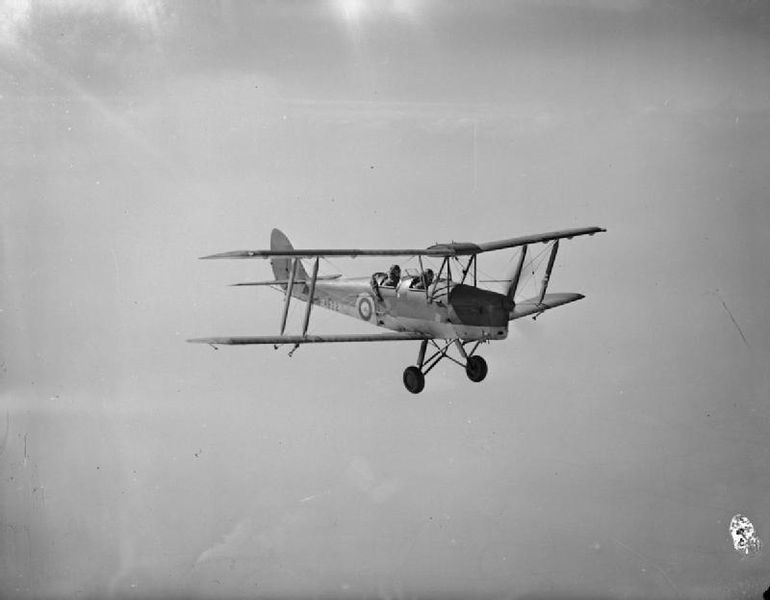
The De Havilland DH.82 Tiger Moth was a British biplane that gained widespread popularity as a primary trainer aircraft.
It was designed in the 1930s by Geoffrey de Havilland and became one of the most iconic training aircraft of its time.
The Tiger Moth was used by numerous air forces around the world, including the Royal Air Force (RAF) and the Royal Canadian Air Force (RCAF), for pilot training.
Its biplane design featured an open cockpit and tandem seating for the instructor and student pilot.
The aircraft was known for its robustness, simplicity, and ease of maintenance, making it ideal for training purposes. It played a crucial role in training countless pilots during World War II and beyond.
5. Boeing Stearman Model 75 (1934)

The Boeing Stearman Model 75, often referred to simply as the “Stearman” or “Kaydet,” was an American biplane used primarily as a primary training aircraft by the United States military during and after World War II.
It featured a rugged and sturdy design, making it well-suited for the demands of training new pilots.
The Stearman Model 75 became an essential part of the U.S. Army Air Corps and U.S. Navy training programs, helping to prepare countless aviators for combat.
It had a tandem open cockpit and was known for its distinctive “staggered” wings, with the upper wing slightly forward of the lower wing.
Many of these aircraft were also used in civilian flight training and aerobatics, and some are still in use today for recreational flying and airshows.
6. Polikarpov Po-2 (1928)
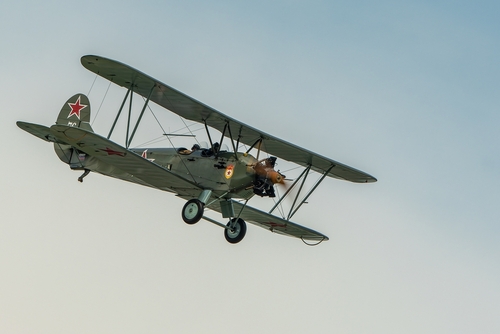
The Polikarpov Po-2, originally designed as the U-2, was a Soviet biplane used for various roles, including reconnaissance, liaison, night bombing, and training.
It was nicknamed the “Kukuruznik” in Russia, which means “corn cutter” because of its ability to operate from unimproved fields and rough terrain.
The Po-2 was a simple and versatile aircraft with a fabric-covered frame and open cockpit.
It played a significant role during World War II, especially on the Eastern Front, where it was used for night harassment bombing missions against German forces.
Its slow speed and quiet engine made it difficult for enemy forces to detect and intercept.
The Po-2 is often regarded as one of the most produced and enduring biplanes in aviation history, with thousands built and many still flying in various parts of the world.
7. Pitts Special (1944)
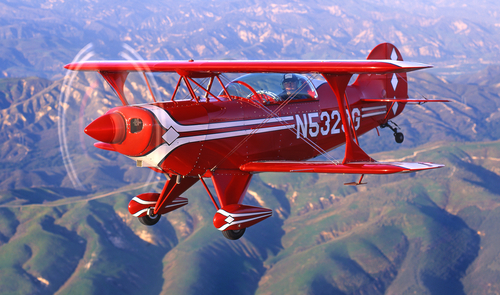
The Pitts Special is a famous American aerobatic biplane designed by Curtis Pitts in 1944.
It is renowned for its exceptional maneuverability and agility, making it a favorite among aerobatic pilots and performers.
The Pitts Special is a small, lightweight biplane with tandem seating for the pilot and a single passenger.
It has been used in various aerobatic competitions and airshows, showcasing its capability for performing complex maneuvers, including loops, rolls, and spins.
The aircraft’s design and performance have made it an icon in the world of aerobatics, and it has inspired many other aerobatic aircraft designs.
8. Supermarine Walrus (1933)
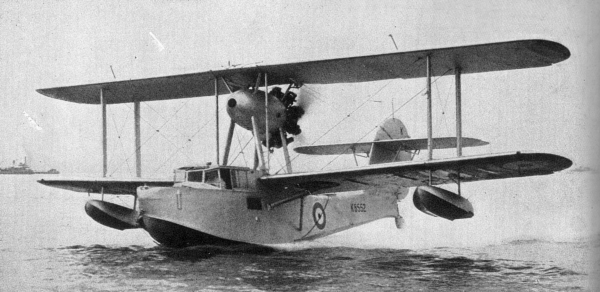
The Supermarine Walrus was a British biplane used during the interwar period and World War II, primarily for reconnaissance and air-sea rescue missions.
It was known for its versatility, as it could operate both from land bases and from ships as a seaplane. The Walrus featured a distinctive design with its large, open cockpit and large, folding wings.
It was used by the Royal Navy for reconnaissance and observation tasks, and it could also be launched from catapults aboard ships.
The Walrus played a vital role in maritime operations, conducting reconnaissance missions, spotting for naval gunfire, and rescuing downed airmen at sea.
9. Grumman J2F Duck (1934)
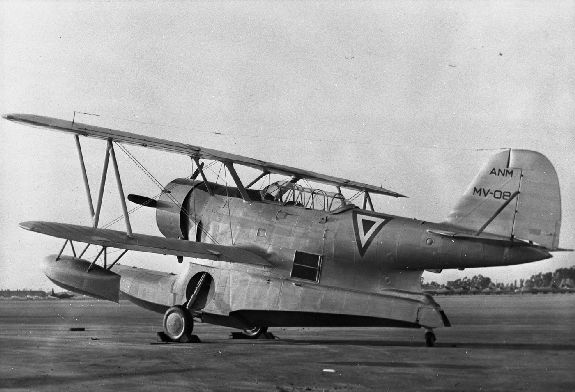
The Grumman J2F Duck was an American biplane used by the United States Navy and Marine Corps during the interwar period and World War II.
It was designed as a utility aircraft and could perform a variety of roles, including reconnaissance, observation, and transport.
The Duck was known for its ruggedness and ability to operate from rough terrain, water, or snow, thanks to its amphibious design.
It featured an enclosed cabin for the crew and could carry passengers, cargo, or stretchers for medical evacuation.
The Grumman J2F Duck was used in various theaters of war, including the Pacific and Atlantic, and contributed to search and rescue missions, reconnaissance, and support operations.
10. Gloster Gladiator (1934)
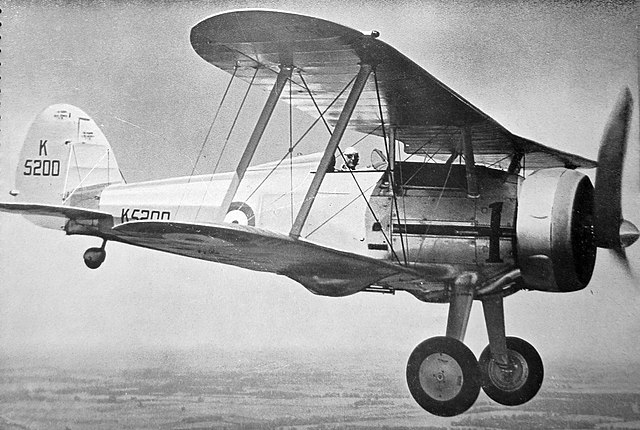
The Gloster Gladiator was a British biplane fighter aircraft that served during the early years of World War II.
It was one of the last biplane fighters used by the Royal Air Force (RAF) in combat and marked the transition to more advanced monoplane fighters.
The Gladiator had a unique design with an enclosed cockpit, retractable landing gear, and a radial engine.
It was initially considered a capable fighter but became somewhat outdated as monoplane fighters with higher speeds and firepower entered service.
Nevertheless, it saw action in several theaters, including the Norwegian Campaign, the Battle of Britain, and the Mediterranean, where it fought against the Italian Air Force.
The Gladiator holds the distinction of being the last biplane to engage in combat for the RAF during World War II.
